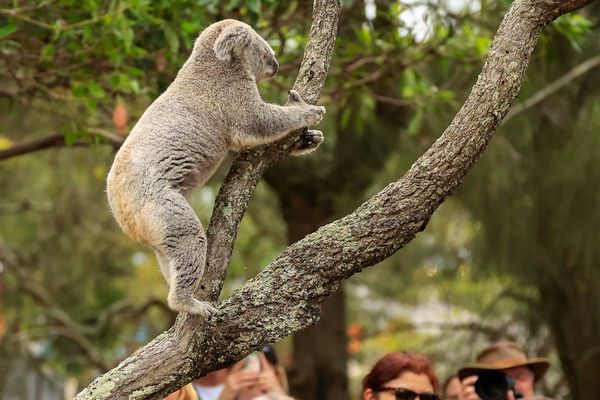
When Isaac Newton, Charles Darwin and Albert Einstein became fellows of the Royal Society, like other illustrious physicists, chemists and biologists over the centuries, they met the society’s membership criteria in two essential ways: they were talented scientists – and they were men.
It wasn’t until March 1945 that the prestigious scientific community finally began admitting women to its fellowship. Now, to mark the 80th anniversary of this milestone, the society is launching a year-long series of events to assert the rightful place in history of its first female fellows, Marjory Stephenson and Kathleen Lonsdale.
Stephenson was a pioneer in biochemistryand her groundbreaking experimental approach enabled her to become the first person to isolate an enzyme from bacteria cells in 1928.
Lonsdale, a physicist who had illuminated how atoms are arranged in molecules by proving the structure of the benzene ring in 1929, was recognised for her “outstanding contributions” to crystallography.
The Royal Society has commissioned two films about the lives of the two women and their achievements, which will be launched on its YouTube channel this week. An exhibit of archival documents about their election to the fellowship and the generally muted media response to it – several newspapers chose to ignore the women and their achievements entirely and reported only on the “brilliant careers” of male scientists receiving the same honour – will also be on display at the society’s London headquarters in July.
To join the Royal Society in 1945, at least two existing fellows had to sign a printed certificate that stated, “we the undersigned propose and recommend him”, the exhibit and films will show. After crossing out the word “him”, 12 fellows signed Lonsdale’s certificate and 17 signed Stephenson’s.
The moment “was a real milestone”, said Dame Jocelyn Bell Burnell, a Royal Society fellow and pioneering astrophysicist, who is no stranger to sexism in science.
“There was also a lot of uncertainty among some fellows about whether women could be scientists, whether they were appropriate for membership of the Royal Society. But they [Lonsdale and Stephenson] had some very powerful backers.”
Each of the women had earned the respect of a male Nobel prizewinning colleague and former president of the Royal Society; in Lonsdale’s case, the physicist Sir William Henry Bragg, and in Stephenson’s, the biochemist Sir Frederick Gowland Hopkins. Other fellows had to “take notice” when such eminent scientists recommended the women, Bell Burnell said.
It is no coincidence the Royal Society began admitting female scientists during the second world war, she added. “I think it was because of what women, in general, did during the war. They couldn’t be ignored any longer.”
A previous attempt by fellows in 1902 to nominate a female scientist, the physicist Hertha Ayrton, had failed, said Keith Moore, the Royal Society’s archivist. “The society took a legal opinion on whether or not it could elect women at the time, because masculine terms had been routinely used in its charter, which governed how the society operated.”
Questions were also raised about whether a married woman such as Ayrton met the legal definition of a person, at a time when wives were considered the property of their husbands. “The legal opinion came back that fellows could not elect women, particularly if they were married,” he added.
After the first equal opportunities legislation was introduced in Britain in 1919, the society could have elected a woman, Moore said. “But it took another 26 years before we actually did.”
Joining the Royal Society in 1945 may have helped Lonsdale and Stephenson to smash other glass ceilings for female scientists as they advanced in their careers.
In 1949, Lonsdale became the first woman to be made a professor at University College London, after she was appointed professor of chemistry and head of the department of crystallography.
Stephenson was persuaded by fellow microbiologist Alexander Fleming to become the first female president of the Society for General Microbiology in 1947. An alumna and fellow of Newnham College, Cambridge, she was made the university’s first reader of chemical microbiology shortly before her death in 1948 – the year the female undergraduates she taught finally began to be awarded degrees.
To further honour the women’s achievements, the Royal Society plans to host evening talks and networking events to promote women in science this year, and is collecting data to better understand and address gender diversity across different science subjects.
• This article was amended on 24 March 2025. An earlier version said Kathleen Lonsdale had illuminated “how molecules are arranged in atoms”; we, of course, meant how atoms are arranged in molecules.







